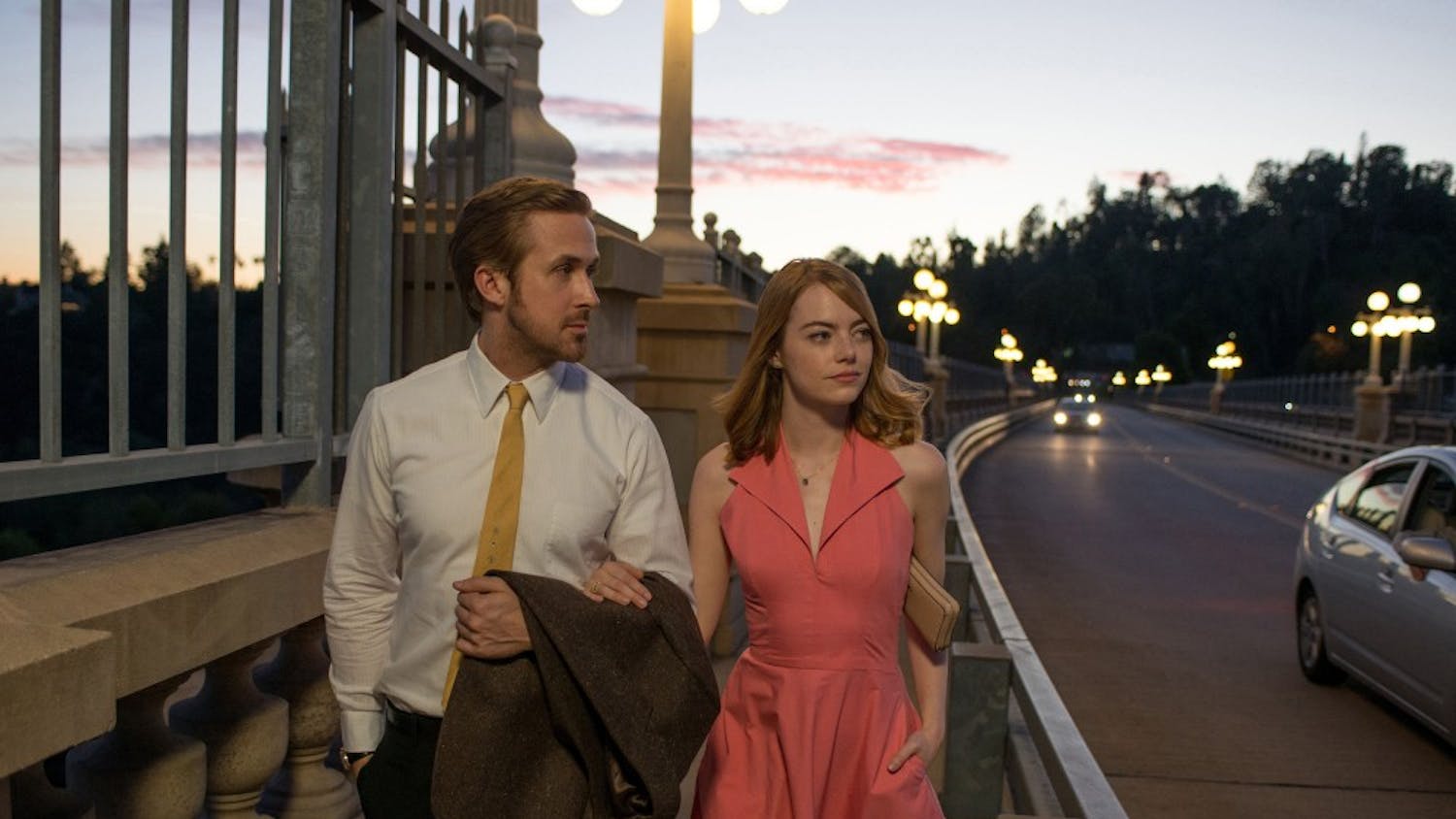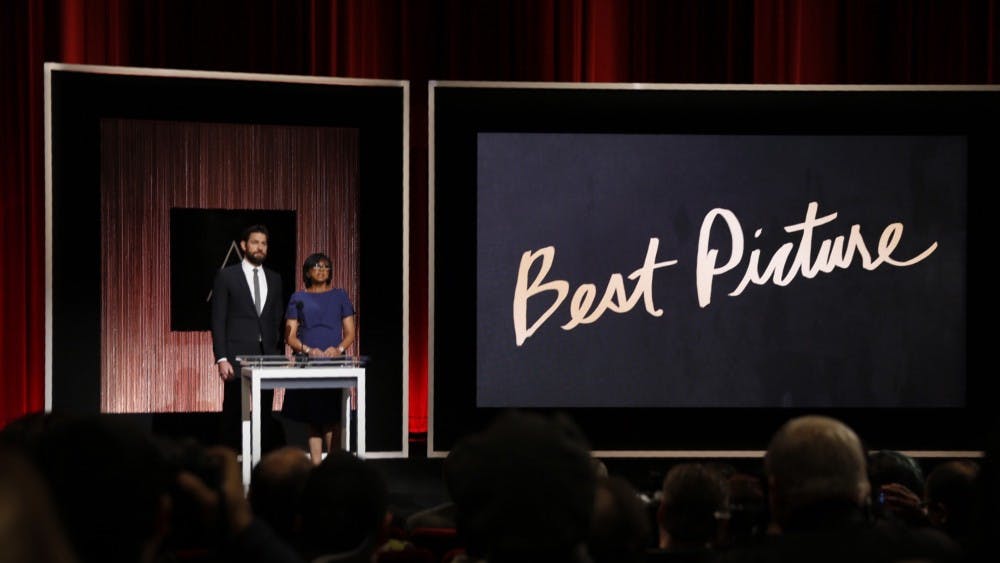In 1995, Renny Harlin sunk the pirate genre. His movie, "Cutthroat Island," was a valiant effort with little true merit. The $120 million production flopped at the box-office with a meager return of around $11 million dollars. Hollywood did the math, and expectations remained low for eight years until "Pirates of the Caribbean" sailed into harbor and blew every notions of the genre's demise out of the water.\nThe truth is . . . bad movies can't kill a genre. This has been proven time and time again whenever talented writers and directors have taken the helm to resurrect a struggling franchise. Following the 1960 production of "Spartacus," Italian directors cranked out an endless stream of B-grade sword and sandal productions. Still, the gladiator genre eventually bounced back and regained respectability with Ridley Scott's 2000 film, "Gladiator." Zombie cinema, which began in 1932 with the movie "White Zombie," has perpetually waxed and waned between slogging low-budget groaners and true cinematic gems like Edgar Wright's "Shaun of the Dead." The same holds true for pirates.\nPirate movies work best as light-hearted or even comical adventures. The recipe is simple. Start with sword fighting, add some cannons, a slew of quirky characters, a tropical setting and then add water. If a pirate movie turns the spotlight on the audience, begging them to search inside of themselves for some great insight into the world around them, then the director has done something wrong. Pirates are the antithesis of social commentary. In their boots, we escape rigid social norms and expectations. The captains can romance but the drama is best held in check at sword point.\nIt is a paradoxical genre that transforms real-life diabolical criminals into noble rogues of the silver screen. Rather than pillage or rapine, pirate films focus on freedom and carefree escapades. More often than not, the heroic captain is forced into his lot by circumstances beyond his control. It is a longstanding cliché that the son of a pirate be drawn into a life of piracy even though his father wished him to lead an honest life. Such elaborate quirks of fate were best mocked in Gilbert and Sullivan's classic musical "The Pirates of Penzance."\nThe best pirate films to come out of the genre's heyday were those starring Errol Flynn, Hollywood's premier swashbuckler. "Captain Blood" (1935) stars the charismatic Flynn as a physician turned slave turned pirate. In "The Sea Hawk" (1940), Flynn plays a privateer in service to England. Though somewhat corny by today's standards, the two movies swell with drama and superbly choreographed swordfights. Unlike more recent films, the action is compelling and the visuals awe without reliance on special effects.\nMost people are familiar with the classic pirate story, "Treasure Island." There have been numerous film adaptations of the Stevenson classic, not all of them good. Disney's 1950 release will have the broadest appeal, and, second to the book, is the best starting point for people who are unfamiliar with the story. "Muppet Treasure Island," which features Tim Curry as Long John Silver, is a worthwhile comic adaptation.\nAlthough some regard the movie as mediocre, "Yellowbeard" remains a diamond in the rough, must-see pirate comedy. In it, the ruthless pirate Yellowbeard, known for forcing his victims to eat their own lips, is caught and imprisoned for tax evasion. When he escapes, he sets off to rediscover his hidden treasure with the help of his upright son, who has the map tattooed on the back of his head. The movie feature an impressive cast, which includes Monty Python alums Graham Chapman, Eric Idle and John Cleese, as well as Cheech and Chong, Marty Feldman, Peter Cook, Spike Miligan, Madeline Kahn, Peter Boyle, Nigel Planner and Kenneth Mars. The film is replete with memorable lines. Upon learning he has a son, Yellowbeard announces, "She couldn't be your mother. No woman ever slept with me and lived."\nIf unconventional pirate fare is on the menu then consider tracking down a copy of "Ice Pirates." It's a downright campy science fiction movie about space piracy in a galaxy where water is the most precious resource. Robots, spaceships, sword fighting, space herpes . . . well, as the tagline states, "You have to be there to see it." It's the perfect double-feature byline for a showing of "Cabin Boy."\nHopefully, the success of "Pirates of the Carribean" will ensure production of future pirate films as well as a resurgence of popularity for some of the old classics. The great irony of it all is that the rebirth of the Hollywood pirates has happened to coincide with a tripling in real-life pirate activity. As movie-goers are wowed by the antics of Jack Sparrow, real-life pirates are responsible for damages of around $16 billion per year worldwide. According to foreignaffairs.org, piracy has become a matter of national security, as "most of the world's oil and gas is shipped through pirate-infested waters." It's a chilling reminder of the piracy's duality -- underneath the romantic silver screen appeal remains, to this day, a grim and hideous truth.
Roll out the Cannons
pirates rule!
Get stories like this in your inbox
Subscribe





